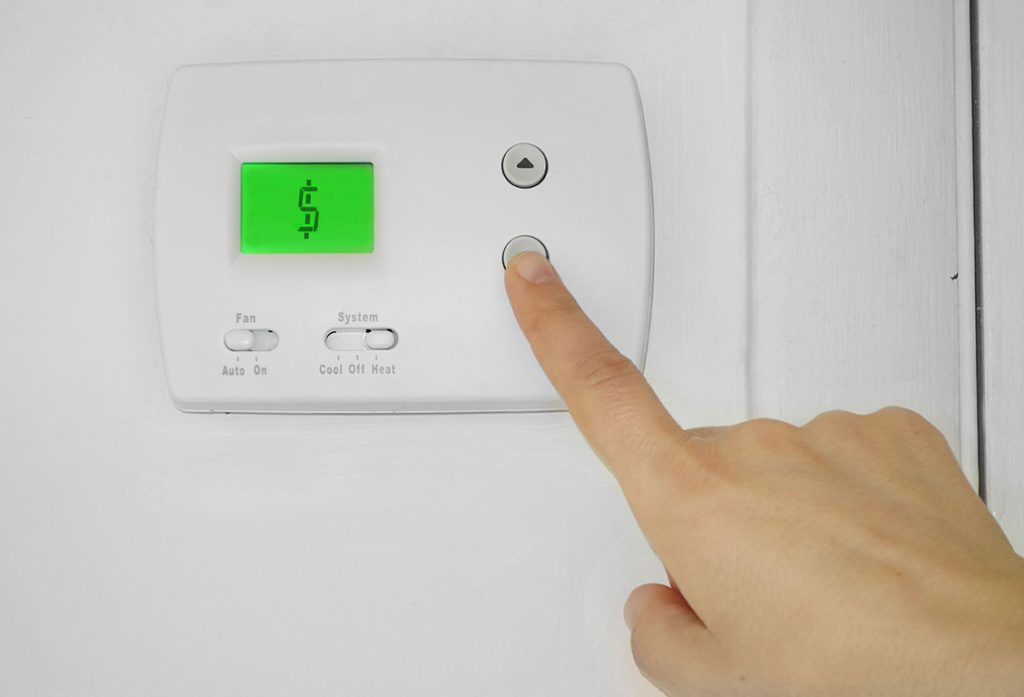Building a new home is an exciting adventure filled with countless decisions. One of the most crucial choices you’ll make involves how to keep your home comfortable year-round. With an array of heating options on the market, selecting the right one can seem daunting. But fear not! This guide is here to light the way.
The Importance of Choosing the Right Heating Option
The Importance of Choosing the Right Heating Option
Imagine stepping into your newly built home only to find it chilly and unwelcoming. This scenario underscores why selecting the right heating option is non-negotiable. Your choice impacts not just your comfort but also your home’s energy efficiency and resale value.
Choosing the right heating system can lead to substantial savings on energy bills. It can also enhance your living spaces’ atmosphere, making them cozy and inviting. Additionally, a good heating system increases your home’s market appeal—a critical consideration if you plan to sell in the future.
Heating Options Overview
With new technology and innovations, the variety of heating systems available can be overwhelming. Familiarizing yourself with the most popular options is a great place to start. Here’s a comprehensive look at the leading heating systems for new home builds:
Standard HVAC Units
Standard HVAC units are a classic choice, known for their reliability and effectiveness. These systems combine heating, ventilation, and air conditioning, providing a comprehensive climate control solution for your home. They are particularly favored in areas with extreme weather conditions due to their robust performance.
HVAC units operate using a duct system to distribute heated air throughout your home. This central system’s primary advantage lies in its ability to serve both heating and cooling needs, often resulting in cost savings and operational efficiency. However, the installation and maintenance costs can be significant.
Ductless Mini-Split Systems
For those seeking a more flexible solution, ductless mini-split systems offer an elegant alternative. Unlike traditional HVAC units, they don’t require ductwork, making them ideal for smaller homes or retrofit projects. These systems consist of an outdoor compressor and one or more indoor air-handling units.
Mini-splits are celebrated for their energy efficiency. Since they eliminate the energy losses associated with ductwork, they can lead to lower utility bills. Additionally, they provide zoned heating, allowing you to adjust temperatures in different areas of your home independently.
Geothermal Heating
Geothermal heating is a cutting-edge option gaining popularity among eco-conscious homeowners. This system leverages the Earth’s stable underground temperatures to heat your home, offering a sustainable and highly efficient solution. It’s an exceptional choice for those looking to minimize their carbon footprint.
One significant advantage of geothermal systems is their longevity and low operating costs. Once installed, they provide consistent heating with minimal energy consumption. While the upfront costs are high, government incentives for renewable energy systems can offset expenses.
Factors to Consider When Choosing
Choosing the right heating system involves more than understanding the available options. Various factors will influence your decision, ensuring that the chosen system aligns perfectly with your home’s needs and your personal preferences.
- Climate Considerations—Understanding your local climate is fundamental. Homes in colder climates may require systems with higher heating capacity, such as an HVAC or geothermal setup. Conversely, in milder regions, a mini-split system might suffice. It’s important to consider not just average temperatures but also humidity and seasonal variations.
- Home Size and Layout—The size and layout of your home play a crucial role in determining the best heating system. Larger homes generally benefit from centralized systems like HVAC units, which can efficiently manage the heating needs of multiple rooms. For smaller homes or those with unique architectural designs, ductless systems offer flexibility and targeted heating.
- Personal Preferences and Lifestyle—Your lifestyle and comfort preferences should also drive your decision. Consider factors such as energy efficiency, environmental impact, and ease of use. Think about your long-term plans as well. Are you considering adding rooms or modifying the layout of your home? A system with scalable options will accommodate future changes without requiring complete overhauls.
Need Help Deciding? Call Shafer’s!
Selecting the right heating option for your new home build is a decision that demands careful consideration. The ideal system should complement your climate, fit your home’s design, and align with your personal preferences. For personalized guidance, reach out to Shafer’s knowledgeable team, who can assist in finding the perfect heating solution tailored to your needs. By understanding your options and choosing wisely, you can ensure that your new home is not just a house, but a warm, welcoming haven for you and your loved ones.








